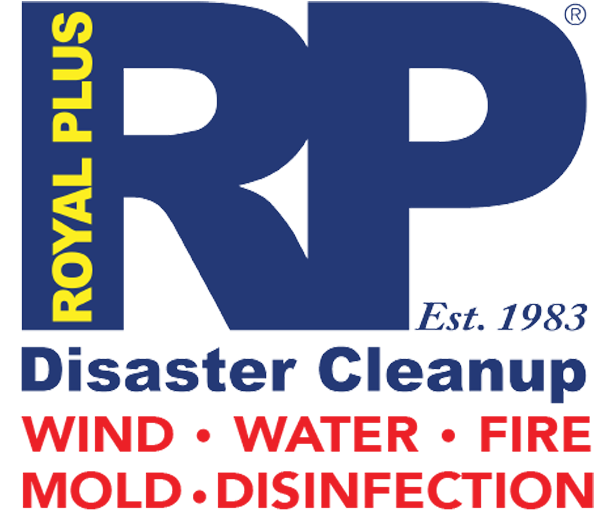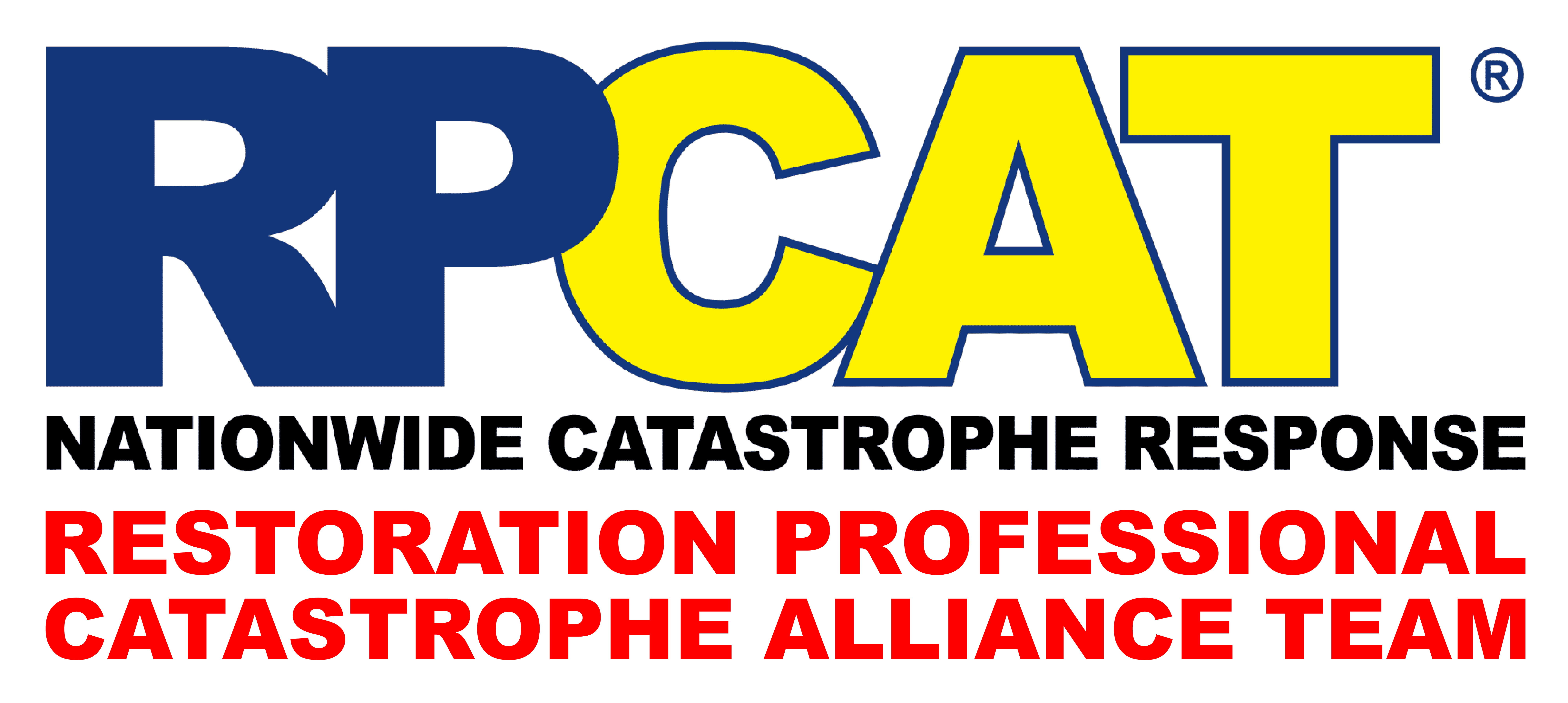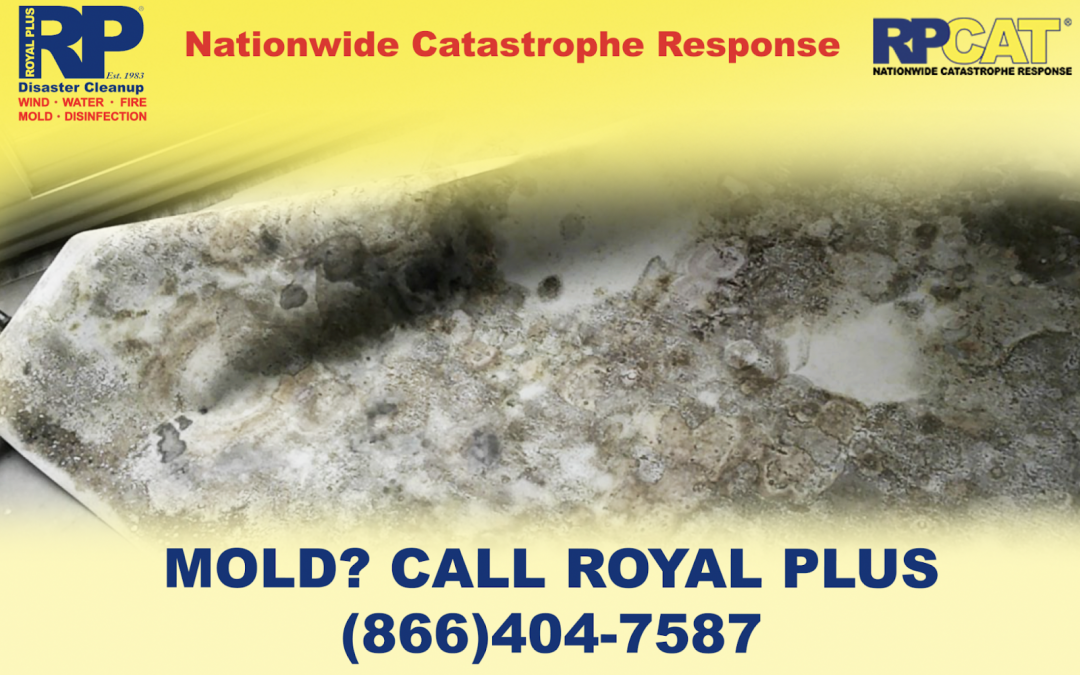The presence of indoor mold can lead to damage to your home as well as negative health effects. What makes it so damaging?
Mold can usually grow well on materials such as cardboard, ceiling tiles, wood, drywall, wallpaper, insulation, and much more in the presence of moisture. When mold reproduces, it releases spores that can spread mold growth to surrounding areas. Common sites of mold growth are where there is a constant source of moisture, such as roof leaks, damp areas, plumbing leaks, wet clothing, and even areas that experience condensation.
Home Damage
Mold tends to destroy whatever it is growing on, requiring the replacement of contaminated items. Anything from flooring to insulation may need to be taken out and replaced, depending on the extent of the mold growth.
Health Effects
Mold exposure can lead to irritation and allergy symptoms, but in some cases, continuous mold exposure can lead to severe illness. Symptoms such as coughing, throat irritation, eye irritation, headache, and congestion may result from exposure to mold.
Mold Growth Prevention
There are many things you can do in your home to prevent mold growth. Be sure to look out for:
- Condensation formation
- Sitting puddles of water
- Indoor leaks
- Wet items, such as clothing
- Water stains on your ceiling
Make sure to monitor areas with higher moisture, such as bathrooms, laundry rooms, and basements. You can also prevent the growth and spread of mold by maintaining a humidity below 50% in your home, creating airflow throughout your house, and fixing leaks in your home as soon as possible. If humidity is a problem in your area, you may want to consider getting a dehumidifier.
Learn more about our mold remediation services at Royal Plus.




Recent Comments